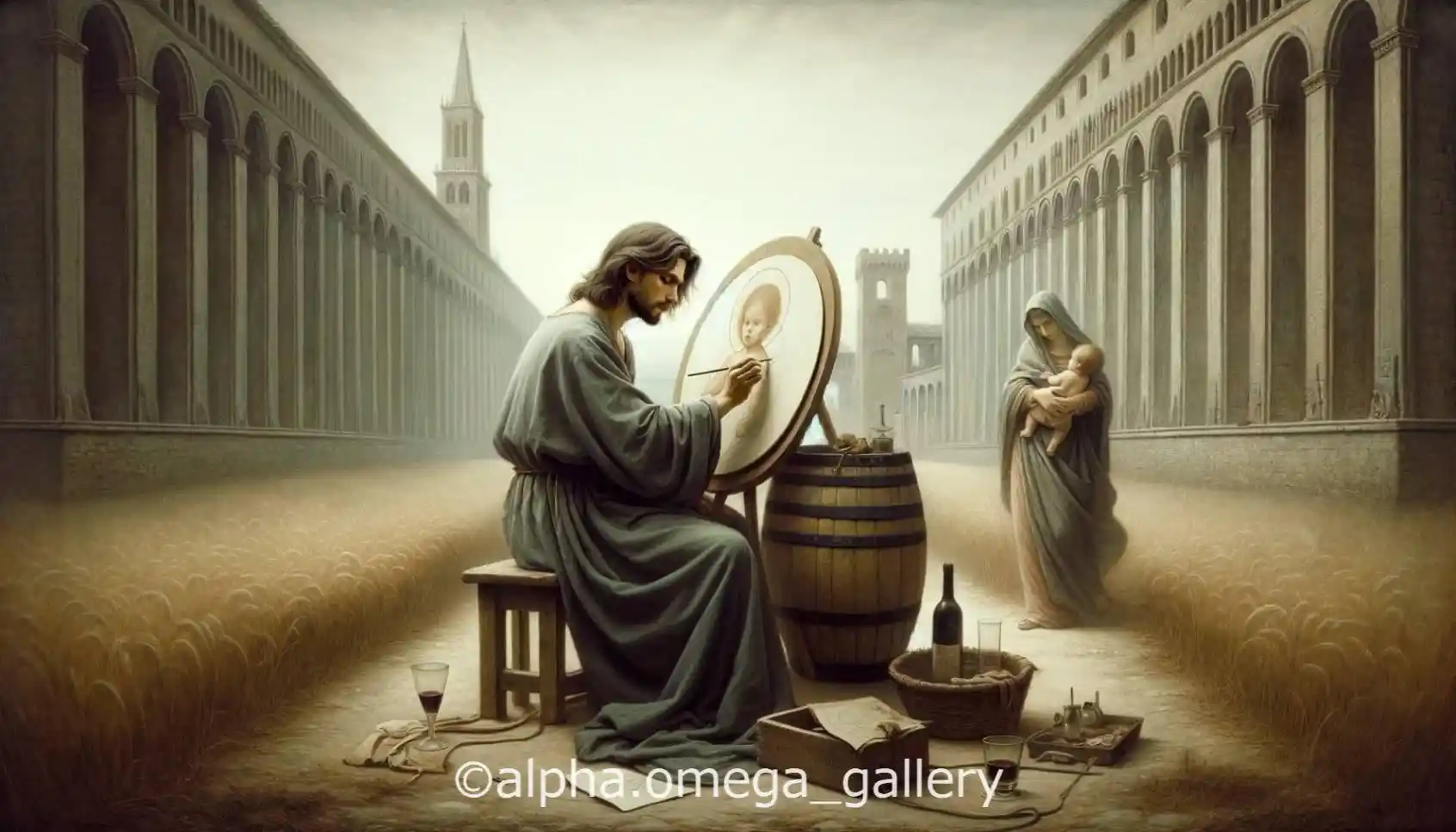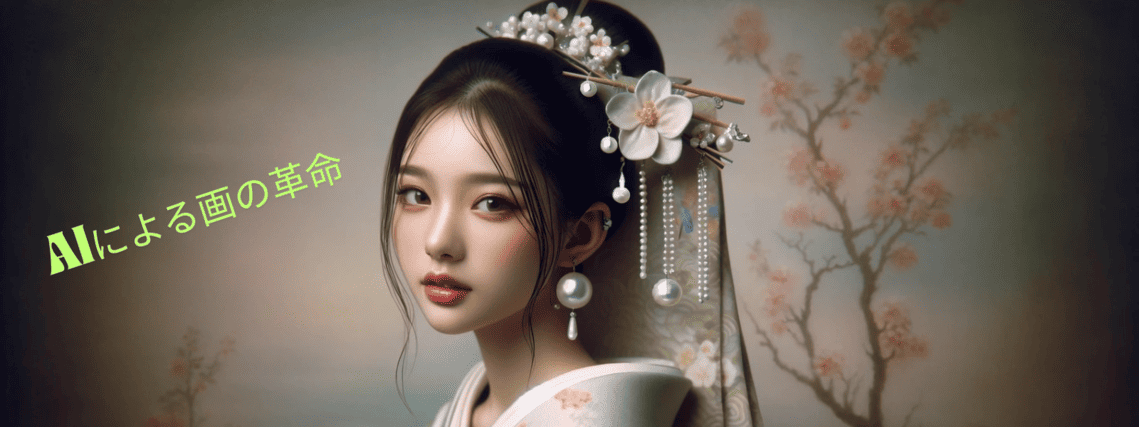広告

Reinterpreting masterpieces provides fresh perspectives and enhances our understanding of art. This article explores a reinterpretation of *Madonna della Sedia* by Raphael, depicting the moment of its creation.
First Impressions and Reflection on the Reinterpretation
This reinterpretation illustrates Raphael painting his famous work *Madonna della Sedia*. The overall atmosphere is serene and sacred, with the artist’s focus and dedication taking centre stage. The background features grand Renaissance-style architecture, evoking the artistic and cultural grandeur of the era. On the right, a woman holding a child subtly hints at the real-life model for the Madonna.
Identifying and Contextualising the Original Painting
Title, Artist, and Date of Creation
The original painting, *Madonna della Sedia*, was created by Raphael Sanzio, a master of the Renaissance, between 1513 and 1514.
Historical Background of the Painting
*Madonna della Sedia* is one of Raphael’s later works, depicting the Virgin Mary tenderly holding the infant Jesus, with the young John the Baptist beside them. The circular canvas composition enhances the sense of intimacy, reinforcing the theme of maternal love. Raphael was renowned for his ability to infuse religious imagery with human warmth and emotion.
Key Features of the Artwork
*Madonna della Sedia* is distinguished by its circular composition, soft colour palette, and delicate expressions. Raphael meticulously crafted the facial expressions and poses, ensuring the Madonna’s gentle smile and the infant Jesus’s innocent gaze remained the focal points.
Key Elements of the Reinterpretation
In this reinterpretation, Raphael himself is depicted at work on the painting. Several key aspects stand out:
Perspective Differences
While the original portrays the Madonna seated with Jesus, this reinterpretation shifts focus to Raphael painting the masterpiece. This approach highlights both the artistic process and the completed work, offering a deeper appreciation of the artist’s dedication.
Use of Colour
This reinterpretation retains the original’s soft colour tones, though in slightly muted shades. This subtle change accentuates the calm and contemplative atmosphere of Raphael at work.
Theme
By incorporating Raphael’s own perspective, this reinterpretation sheds light on the artist’s inner world and creative journey. It allows viewers to witness the moment of artistic creation, offering a fresh and intimate engagement with the work.
Analysis
This reinterpretation pays homage to the original while highlighting the artist himself. Observing Raphael in the act of painting immerses the viewer in the Renaissance period and the mind of the master. The grand architectural backdrop enhances historical authenticity and transports us to this flourishing era of creativity.
Conclusion and Final Thoughts
This reinterpretation of *Madonna della Sedia* offers a new dimension to Raphael’s work by capturing the very moment of its creation. Through this approach, the viewer is encouraged to explore not just the religious symbolism, but also the genius behind the painting. This reimagined work stands as a successful homage, presenting a fresh perspective on a timeless masterpiece.
